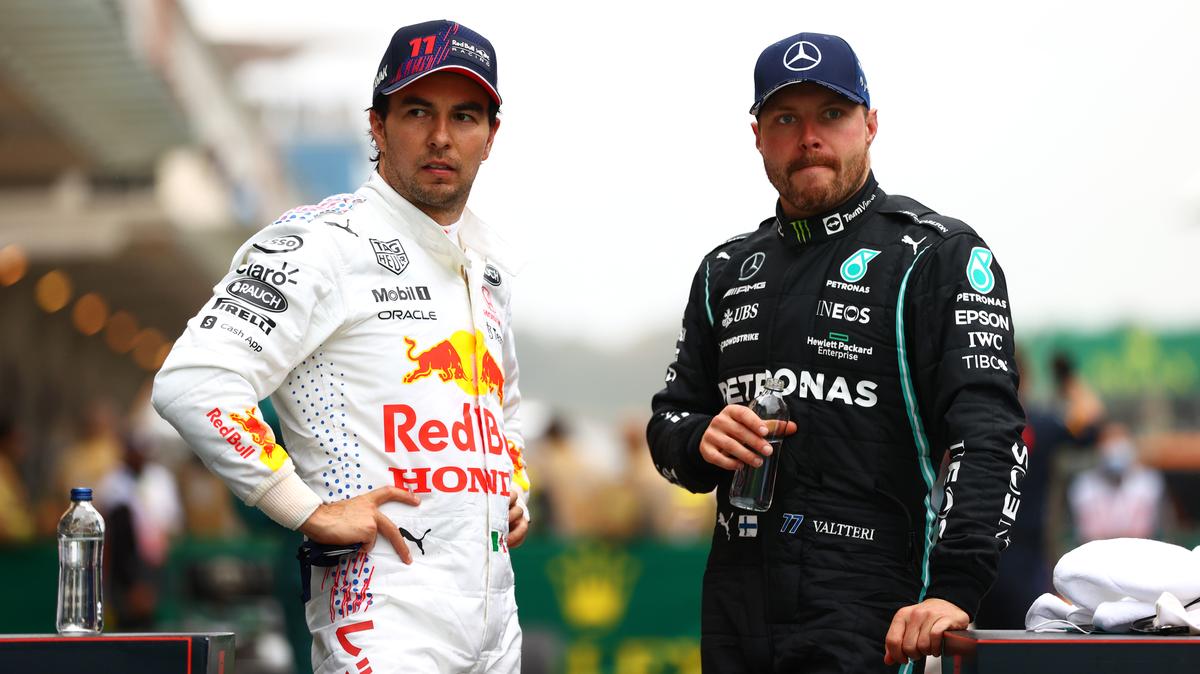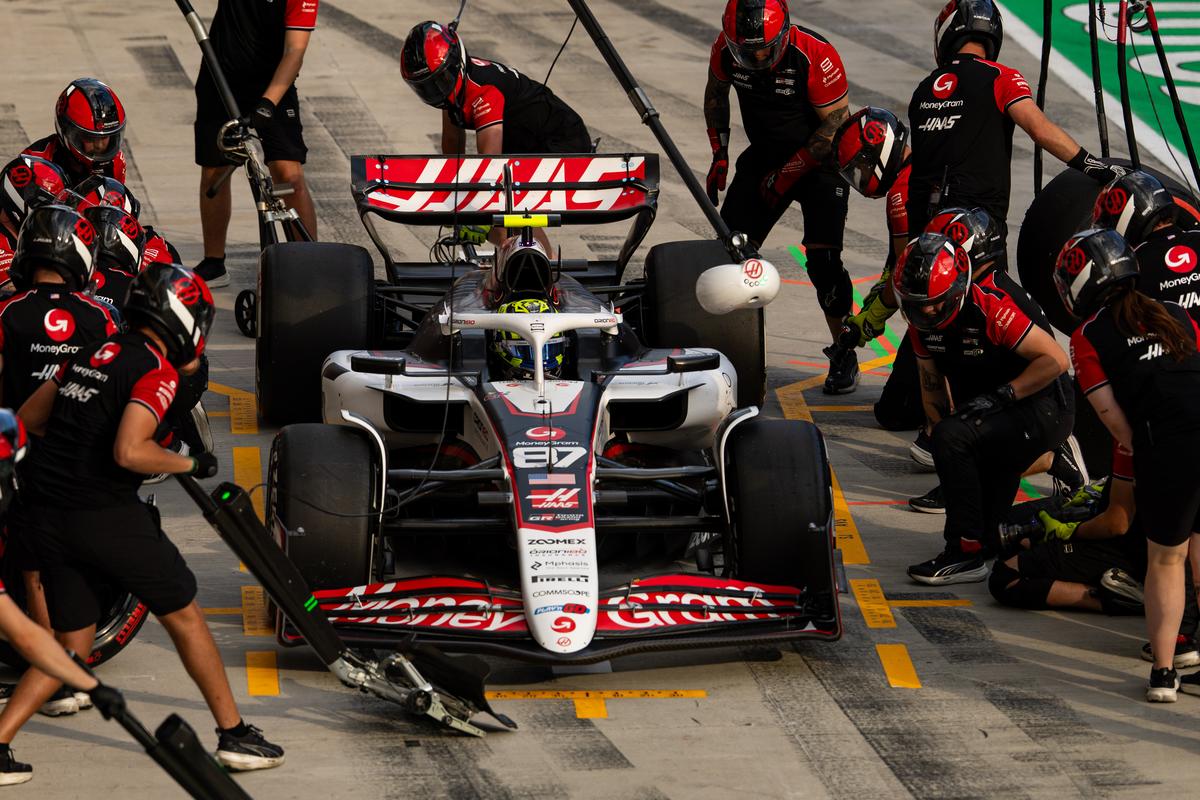The Formula One bandwagon may have reassembled at last weekend’s Dutch Grand Prix for the second half of the 2025 season, but the teams have switched their focus to 2026.
Next year, F1 will introduce revamped technical regulations, encompassing both the chassis (smaller cars, active aerodynamics) and engine (50% electric power units that will use sustainable, synthetic fuels). New rules regimes offer teams a fresh start and the opportunity to change the pecking order, so the emphasis on next season is no surprise.
Attracting interest
The 2026 regulations have also attracted new interest from some of the largest automotive brands — at a time when the world is transitioning to sustainable mobility and electrification of vehicles, aligning with a sport headed in that direction offers considerable advantages.
Audi will make its Formula 1 debut, with Sauber morphing into the Audi works operation. Honda, which changed its mind after deciding to exit F1 in 2021, will partner with Aston Martin as its works engine supplier. Similarly, Ford will join Red Bull, which is building its own powertrains for the first time.
ALSO READ | It’s Papaya season in Formula One — but it’s also the end of an era
While these names bolster the existing line-up, 2026 will see the arrival of an 11th team, as General Motors prepares to enter the sport through its iconic Cadillac brand with customer Ferrari engines for the first three years.
The entry of a major American auto manufacturer is a significant boost for the sport, which has always wanted to crack the US market. Since Liberty Media acquired F1, the premier single-seater racing series has seen its popularity grow in the world’s largest economy.
The ‘Drive to Survive’ docu-series provided the initial boost, and the country now has three races on the calendar. Recently, the F1 movie, co-produced by Lewis Hamilton and starring Hollywood mega-star Brad Pitt, struck gold at the box office worldwide, further illustrating the growth the sport has witnessed.
GM, an iconic American brand, joining F1 is a step in that direction. It showcases both the sport’s value as a marketing vehicle and the platform it provides to operate at the cutting edge of new-age technology.

Tried and tested: An American driver would have lined up more sponsors, but Cadillac has chosen experienced race-winners Sergio Perez and Valtteri Bottas.
| Photo Credit:
Getty Images
The start, though, was far from smooth. Initially, Cadillac and Andretti Global’s entry was accepted by the FIA when it opened an expression of interest for an 11th F1 team. But Liberty Media turned down GM’s application, arguing that the new team might not bring value. The teams, too, were not too keen on a new outfit because their share of the prize pot would dip. They were not sure if the benefit of Cadillac’s presence would outweigh the shortfall.
ALSO READ | Could the mid-season break turn the tide for Hamilton?
After lengthy negotiations between F1 and GM, Cadillac’s entry was approved once it announced it would build its own engines from 2029. Andretti boss Michael Andretti’s combative approach, which ruffled the feathers of Liberty bosses, did not help, and it needed TWG Global taking over Andretti’s role in the proposed partnership for the move to be greenlit. GM will also pay an anti-dilution fee of $450 million, which will be divided among the existing teams.
In for the long haul
Having overcome the initial hiccups, Cadillac recently announced that Grand Prix winners Valtteri Bottas and Sergio Perez, both sidelined this year, will form its driver lineup in its inaugural season. The decision suggests that the team is serious about going racing. While the allure of an American driver would have generated more buzz and lined up more sponsors, the fact that the team has opted for experience shows it is in for the long haul.
The drivers, though, are just one small piece of the jigsaw, as Cadillac tries to accomplish one of the most challenging tasks in F1. Prominent manufacturers have entered F1 in the past, but have typically bought existing operations — this is the usual, more ‘straightforward’ route.
Starting from scratch, like Cadillac is attempting to do, is far more complex, even with some of the most experienced technical minds. The team needs to get everything right, ranging from manufacturing and suppliers to race teams and other systems outside the factory for its R&D. These are not things that can be achieved overnight. Even some of the biggest teams, which have been in the sport for decades, struggle to be competitive every year.
It is why there haven’t been many new entrants. In fact, over the last decade, there has been only one new team: Haas, which made its debut in 2016. Haas, another American-owned squad, works on a different model, however. It buys as many parts from Ferrari as is allowed in the rules and does the bare minimum needed to qualify as a constructor.
ALSO READ | Narain to race in Asian Le Mans
Before Haas, you have to go all the way back to 2010 for an instance of a new start-up operation in F1. Three teams — Lotus, Virgin and HRT — joined under the promise of a $40 million budget cap proposed by then FIA president Max Mosley. However, the big teams killed the budget cap idea. The new entrants lacked the financial muscle to challenge the entrenched incumbents and folded without making a lasting impression.
Fortunately, GM is now coming into the sport in a far more sensible operating environment where there is a strict budget cap and everyone has a fair shot at winning. This has made the sport profitable, and F1 teams are increasingly desirable assets that appreciate in value every year.

Rare newbie: Over the last decade, there has been only one new team: Haas. But the 2016 debutant works on a different model, buying as many parts from Ferrari as is allowed in the rules.
| Photo Credit:
Getty Images
For Cadillac, the first target will not be lofty goals like podiums or wins, but respectability, even if it is at the back-end of the grid. The best-case scenario will be to fight in the midfield and become a regular points contender.
The fact that everyone starts with a clean slate can be a blessing for Cadillac. At the same time, the knowledge base the teams have built over the years is invaluable, and the continuity in operations is worth its weight in gold. Cadillac’s focus will be on accumulating its knowledge of the processes required to compete at the pinnacle of single-seater racing before aiming higher.
Defining moment
As the first new team in the budget-cap era, Cadillac’s progress could define the sport’s medium-term future. For all that is said and done, F1 remains by far the most prestigious motorsport category in the world, spanning five continents, and success here brings rich rewards off the track.
If the GM operation can demonstrate that it can be competitive, it could incentivise more manufacturers and brands to enter the sport. This will ultimately improve F1’s health, raising its global profile and ensuring all the stakeholders benefit.


















